Domaine Guigal
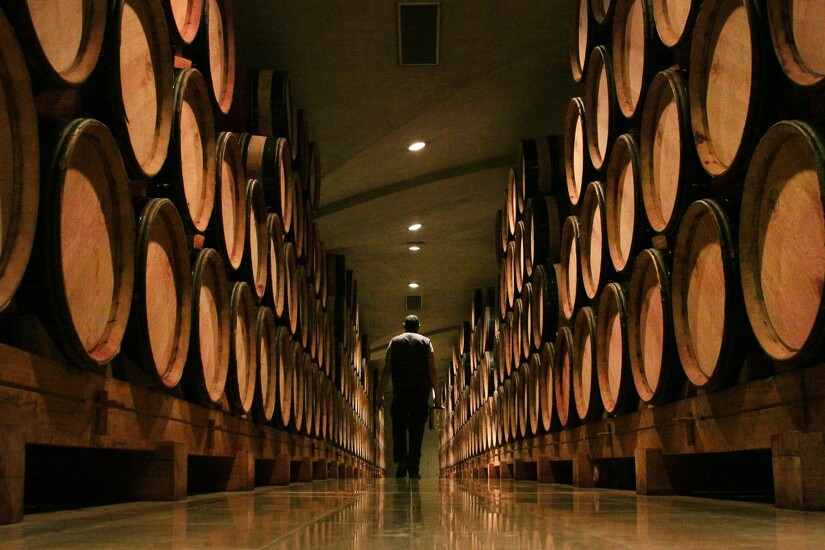
The Guigal estate was founded in 1946 by Etienne Guigal in Ampuis, a small, traditional village at the heart of the Côte-Rôtie wine area. Above are the unique vineyards where vines and wine have been celebrated for over 2,400 years.
Description
After arriving here in 1924 at the age of 14, the founder, Etienne Guigal, went on to produce 67 Côte-Rôtie vintages and, at the beginning of his career, helped to launch the Vidal-Fleury winery.
In 1961, a very young Marcel Guigal took over at the estate, when his father was temporarily struck with blindness. In 1973, he was joined by his wife, Bernadette. They worked hand-in-hand to develop the family business. In 1975, their son Philippe was born. Today, he is the estate’s oenologist. With his wife, Eve, he represents the third generation and is continuing the family’s lifetime endeavour to make the greatest wines in the Rhone valley.
Since 1946, hard work and perseverance have paid off, as shown by some key developments, such as the purchase of the Vidal-Fleury winery in the early 1980s, which has still kept its autonomy and independent identity.
Ten years later, 1995 saw the acquisition of the famous Château d’Ampuis, a historical and oenological gem located on the banks of the Rhone, with a long history linked directly to Côte-Rôtie wines.
The Guigal estate was further enhanced in 2001 when it added the Jean-Louis Grippat and Vallouit estates to its stable, thus significantly strengthening its position within the Côte-Rôtie wine area, as well as the Hermitage, Saint-Joseph and Crozes-Hermitage wine areas.
In 2003, the Guigals, always striving to improve their knowledge of wine and everything linked to it, embarked on a brand-new adventure: barrel making. With this artisanal and ancient craft, they have mastered yet another skill in the delightful historical surroundings of the Château d’Ampuis.
In March 2006, the Guigal family purchased the Domaine de Bonserine. While retaining full independence, the Domain now enjoys Guigal's support in developing its activities.
In July 2017, the acquisition of the Château de Nalys in Châteauneuf-du-Pape was a major event in the history of the Domaine Guigal, which had hitherto only been based in the northern Rhone area.
We have come a long way from the small cellar where Etienne Guigal first worked. Today there are three hectares of cellars and galleries housing barrels, and oak and stainless steel vats. The history and soul of the Guigal family can be seen here, where exceptional wines are matured in silence.
In the same spirit of passion and enthusiasm, the family selects, matures and sells some of the greatest wines in the Rhone valley.
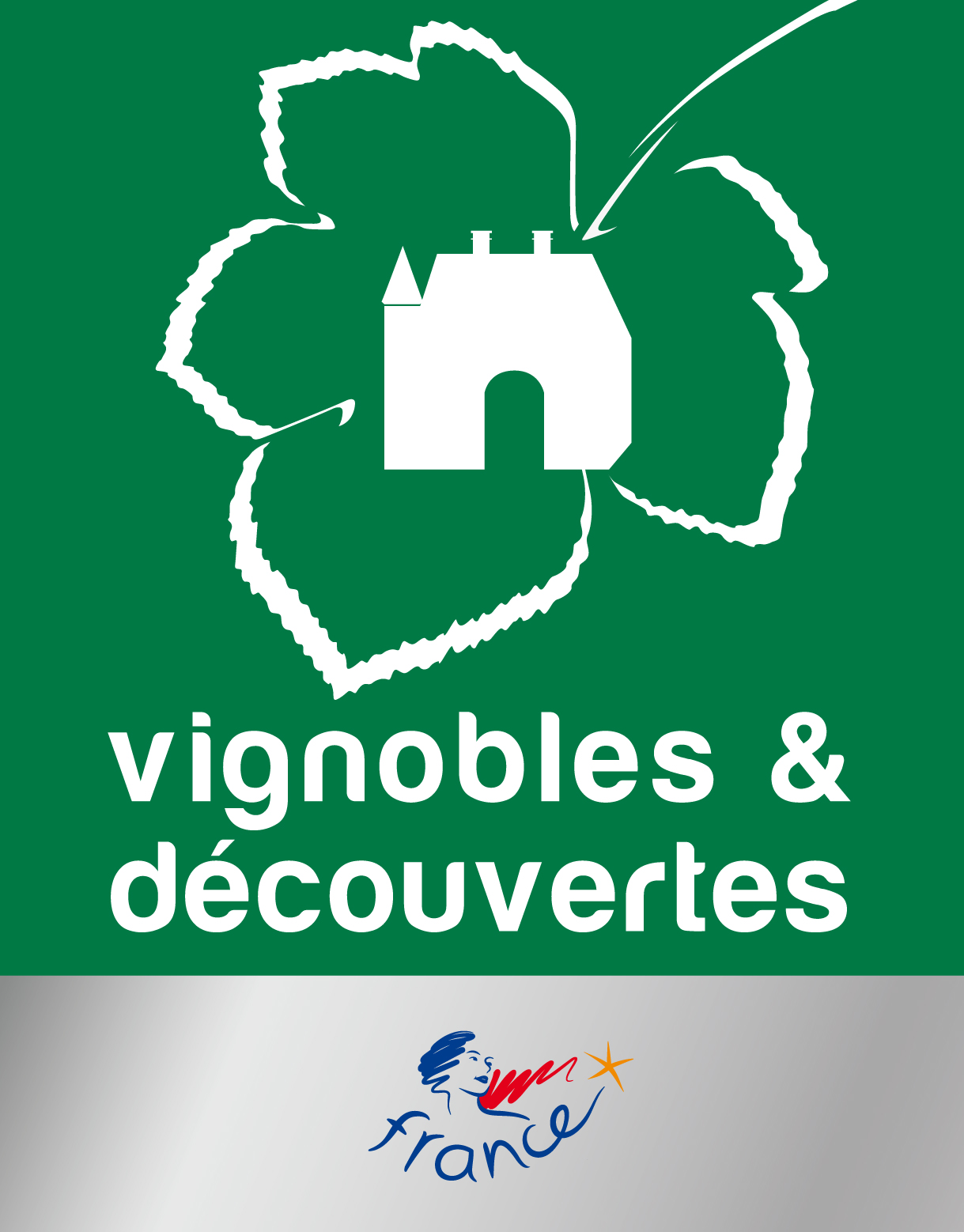
Spoken languages
-
German
-
English
-
Spanish
-
French
-
Italian
Environments
- In the country
- Close to a motorway
- Close to a public transportation
- Village centre
- Bus stop < 500 m
- View over the vineyards
Booking organism
Mme Guigal Eve
Téléphone : 04 74 56 10 22 E-mail : contact@guigal.comEquipment
- Lift
- Toilets
- Car park
- Courtyard
- Separate entrance
- Coach parking
- Private parking
Services
- Sales on site
- Booking obligatory
- Wi-fi
- Tourist brochures
- Tour free of charge
- Guided tours
Payment
-
Bank/credit card
-
Check
-
Cash
-
Credit transfer
Prestation d'activités
- Product tasting
Adapted tourism
- Accessible for self-propelled wheelchairs
- Even flooring with no obstacles
- Absence of protrusions > 2 cm
- Minimum aisle width of 90 cm
- Lift (80 x 130 cm) and door >= 77 cm
- WC + grab handle + adequate space to move

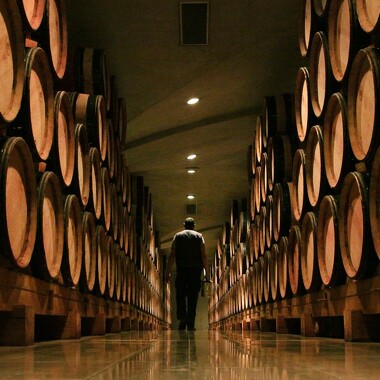
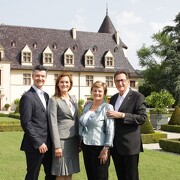
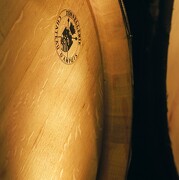
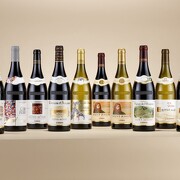
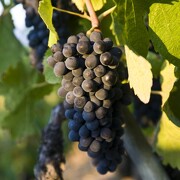
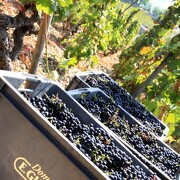
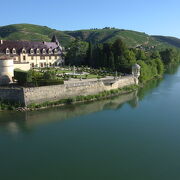
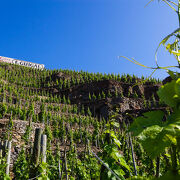
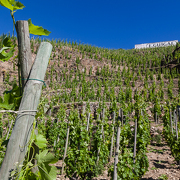

 German
German
 English
English
 Spanish
Spanish
 French
French
 Italian
Italian